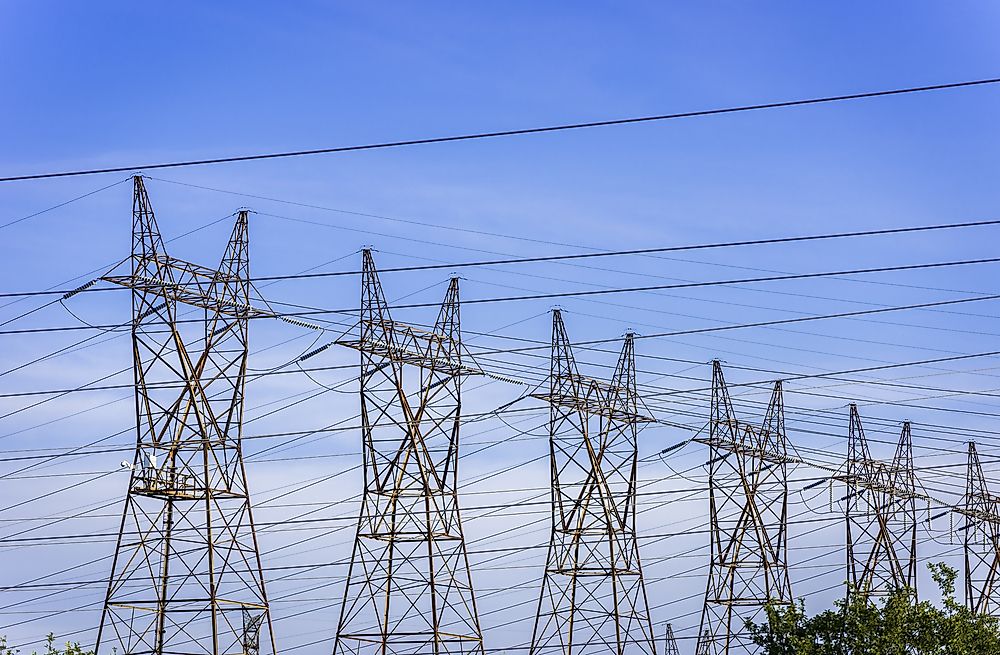What is a Flow Resource?

A resource is a source or supply mostly comprised of a part of earth that humans value and from which a benefit is derived. Naturally occurring materials are regarded as resources when they are valued by humanity. The value and uses of resources tend to differ from time to time and from culture to culture. While some resources can be replenished at different rates, others are finite. Humans are required to find a balance between the two to ensure the sustainability of resources in the future. The quantity and characteristics of resources can be distinguished by whether they are renewable, flow, or non-renewable resources. Non-renewable resources can only be used once after extraction whereas renewable resources can be replenished so long as their environment remains unaltered. A flow resource is a resource which is neither renewable nor non-renewable, and must be used where it occurs and replenishes itself. Flow resources can only be natural resources. Humans have no influence on the process aside from collecting the resource. Flow resources do not have the negative side effect of environmental harm. Examples of flow resources include solar radiation, running water, tides, geothermal, landfill gas, biomass, and winds. Although a flow resource has infinite flows where resources cannot be exhausted, there is no regenerative capability. Although solar energy and wind power are often referred to as renewable resources, they are appropriately known as physical resource flows.
How do we Use Flow Resources in Our Daily Lives?
We use flow resources more often in our daily lives than we realize. For example, both the Canadian and the US hydroelectric power stations on either side of the border at Niagara Falls can generate about 4.6 gigawatts of electricity. This is among the largest generating capacity in a single location in all of North America. The electricity generated is used in the day-to-day livelihood of the residents of both nations. Hydroelectricity is a form of energy produced by the gravitational force of moving water. It is the most commonly used form of renewable energy and is also an unlimited source of energy. Through harnessing the power of running water by the use of turbines, generators can be powered which provides energy.
Biomass Energy
Biomass energy is a form of energy derived from the sun which is stored in living plant and animal materials. Some of the sources of biomass are animal waste, landfill gas, and crops.
Tidal Energy
Tidal energy is a form of hydropower that is produced when tidal energy is converted into electricity or other forms of power. Tidal energy is produced by using tidal generators which are massive underwater turbines positioned in high tidal areas. The turbines are built to capture the kinetic motion of the surging and ebbing of the tides for the purpose of generating electricity. Due to the extensive size of oceans, the production of tidal power possesses great potential for electricity generation in the future.
The Importance of Flow Resources
Flow resources are valuable because they offer constant and clean alternatives to non-renewable fuels such as oil, natural gas, and coal. Flow resources also help decrease greenhouse emissions while maintaining the environment by keeping it intact. They assist humans in their day-to-day tasks and they help many countries save money. Flow resources are beneficial in that they are used in many cities and rural areas to generate power.











